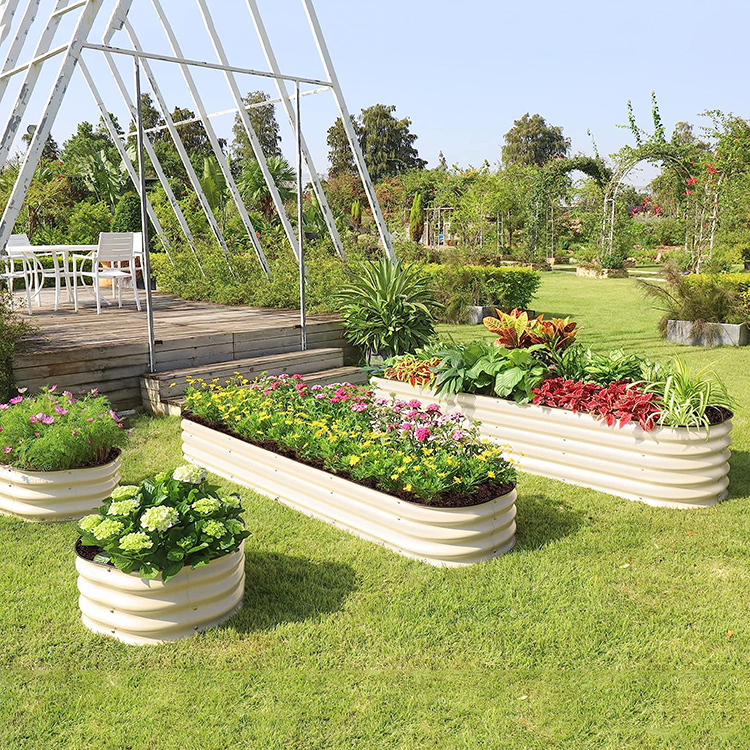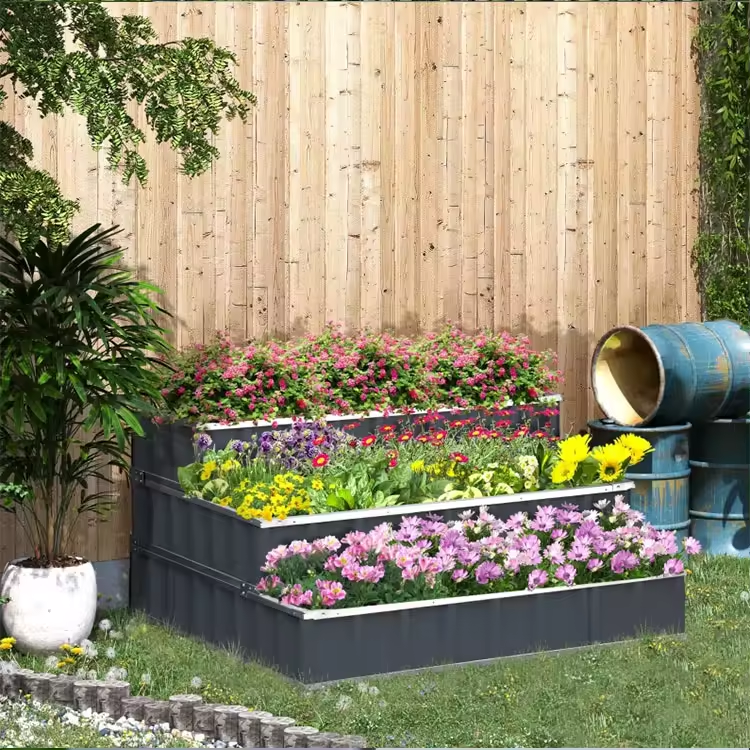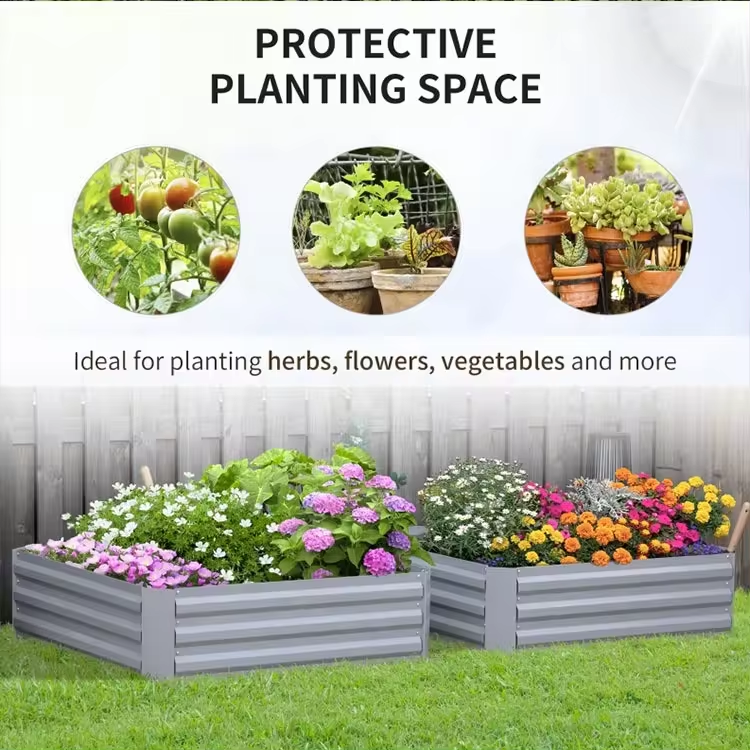
Home & Garden Sundries Supplier
MIF+Garden, Your Bridge To Happy Life- contact us
james.li@mif-garden.com
sales@mif-garden.com
sales001@mif-garden.com - call us anytime
86-18616678980
86-18165659162
86-18923082607

Pubdate: 2024-04-30
Here are some suggestions when it comes to effectively managing weeds in your garden beds:

1.PREVENTION IS PRIMARY: It is very important to take preventative measures before the planting season begins.
Before establishing a garden bed, ensure that all weeds and roots are removed from the bed.
Cover the bed with bark, grass clippings or organic mulch (such as lawn clippings, wood chips or hay) to discourage weed growth.
This preventative measure can significantly reduce the number and frequency of weeds.
2.Hand Weeding: Regularly inspecting garden beds and removing weeds by hand is a simple but effective method.
Use a hand weeding tool (such as a weed hoe or hand-pulled spade) to carefully pull the roots of the weed out of the soil.
Make sure to remove the entire root system together if possible to prevent the weed from growing back.
This method is practical for small garden beds and also helps to protect surrounding plants.
3.Mulches and suppressants: Weeds in garden beds can be effectively controlled with mulches and suppressants.
Organic mulches, such as organic straw, wood chips, or cut leaves, can be spread over the bed to discourage weed growth and keep the soil moist.
Additionally, a thin layer of mulch of grass clippings, wood chips or organic materials can also inhibit weed growth.
4.Weed Spray: For stubborn weed problems, consider using a weed control agent such as glyphosate.
However, before using any chemical herbicide, make sure you carefully read and follow the product instructions and safe handling guidelines.
Be aware that these herbs may have adverse effects on surrounding plants and therefore need to be used with caution and following the correct dosage and application method.
5.Close planting and mulching gaps: close planting in garden beds reduces the space for weeds to grow.
Planting plants more closely together so that there are few gaps between them will limit the opportunities for weeds to grow.
In addition, consider planting groundcovers, such as lawns or succulents, over the beds to fill in gaps and inhibit weed growth.
6.REGULAR MAINTENANCE: Regular maintenance is key to weed management. Check your garden beds weekly and promptly remove any new weed growth.
Make sure to remove weed roots completely to prevent regrowth.
In addition, keeping your beds clean and tidy will reduce weed growth and provide a more plant-friendly environment.

8.Deeply Till the Soil: Deeply tilling your garden beds prior to planting season can help reduce the number of weeds.
Use a hoe or tillage tool to turn the soil over in order to expose the weeds' root systems to the surface.
Doing so will make it easier to remove the weeds and disrupt their growing environment.
9.The best time to pull weeds: when hand-weeding, choose a time when weeds are just sprouting but not yet established.
This is when weeds have shorter roots and are easier to pull out. Regularly checking your garden beds to spot and pull weeds in time will prevent them from spreading and multiplying.
10.Use Weeding Tools: In addition to hand weeding tools, there are a number of other tools that can help you manage weeds in your garden beds more effectively.
For example, tools such as weed hoes, weed clippers, and weed whackers can all be used for different types of weeds and different areas of the bed.
Choose the right tools for your needs and make sure you keep them sharp and clean for better use.
11.Multiple layers of mulch: Using multiple layers of mulch can further inhibit weed growth.
After placing a layer of organic mulch on the bed, you can cover it with another layer of newspaper or cardboard.
These additional layers can limit weed growth by preventing sunlight and air from entering the soil.
Make sure you place enough heavy objects (such as rocks or boards) on top of the mulch to prevent them from being blown away by the wind.
12.Mixed planting: using mixed planting in your garden beds can reduce weed growth.
Planting a mixture of different types of plants can result in a denser bed with less room for weeds to grow.
In addition, certain plants have properties that inhibit weed growth, such as jasmine, mint, and petunias, which can be chosen to help control weeds.
13.Introduce beneficial insects and birds: certain insects and birds are natural weed controllers.
For example, ants can destroy certain weed seeds, while ladybugs and swallows prey on pests on weeds.
Attracting these beneficial organisms can help reduce weed growth by providing proper habitat and forage.
14.Moisture Management: Proper moisture management can help control weed growth. Keep the soil moderately moist, but avoid overwatering to avoid stimulating weed growth.
Using a drip or sprinkler irrigation system allows for more precise control of water distribution and avoids wetting the weeds in your beds.
15.LEARN TO KNOW WEEDS: Knowing the common weeds in your garden can help you manage them better.
Each weed has a different reproduction style and ecological characteristics.
By learning how to recognize and differentiate between weeds, you can more easily take targeted measures to control their growth.

Previous:Crafting the Perfect Raised Garden Bed: A Comprehensive Guide